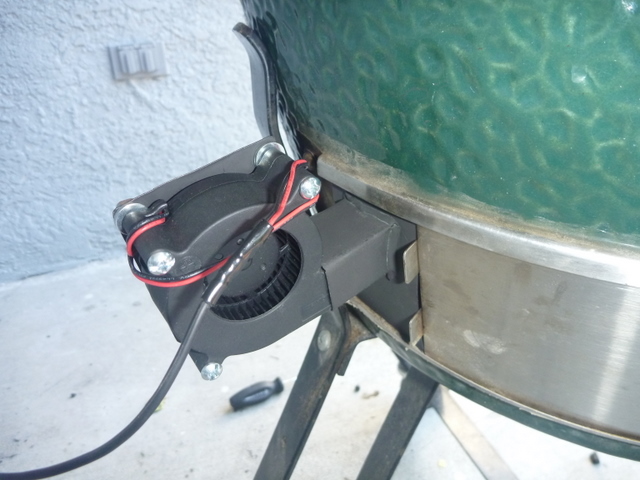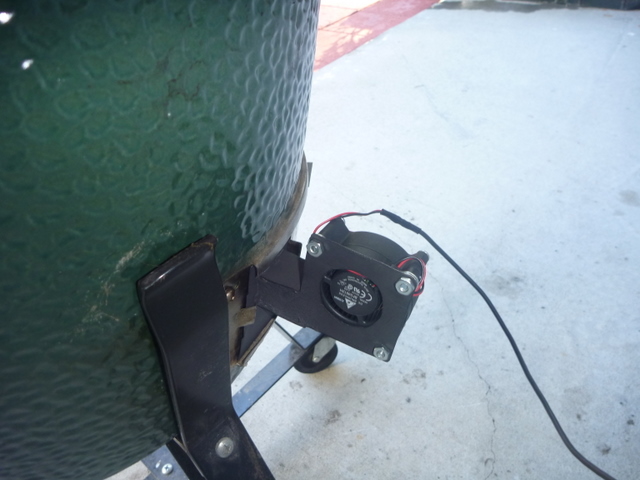Andrew Meimann
TVWBB Member
I used my LinkMeter last Saturday and the cook went really well. I didn't have all of the holes cut in the router case so I just hooked everything up in kind of a big ball of wires. Sunday I went to cut holes in the case and fit everything in and I noticed something strange (to me anyway). If the router power cable (12V end) is plugged into the router and then the brick is plugged into the wall the LCD instantly comes on and the blower will start working right away. If you plug the brick into the wall and then plug the 12V end into the router the LCD, blower etc don't come on until the LinkMeter has fully started up (approximately 2 minutes). Is this normal? Everything appears to work fine either way it is connected. If I disconnect the serial cable between the HeaterMeter and LinkMeter while it is starting up the LCD/blower instantly come on. Does anybody have any thoughts on why this is? Thanks




